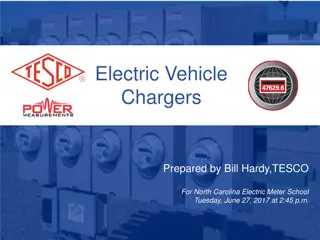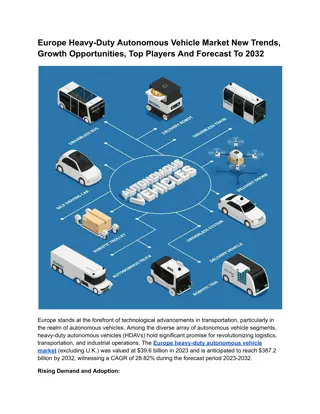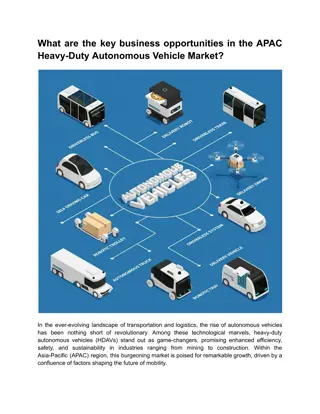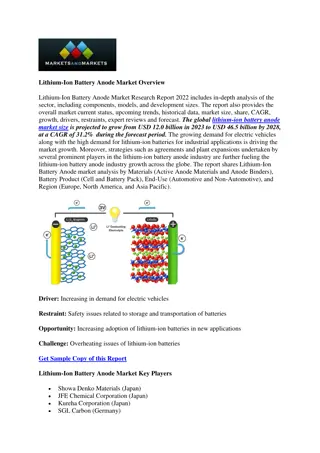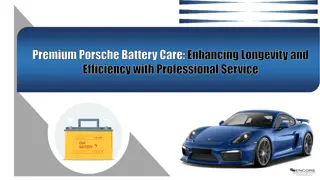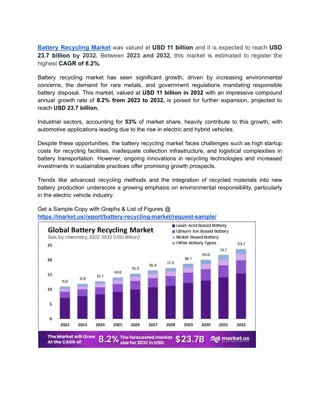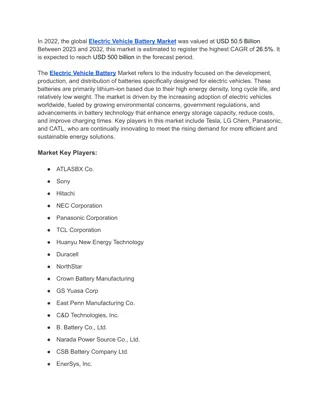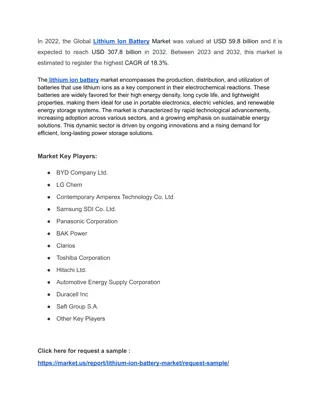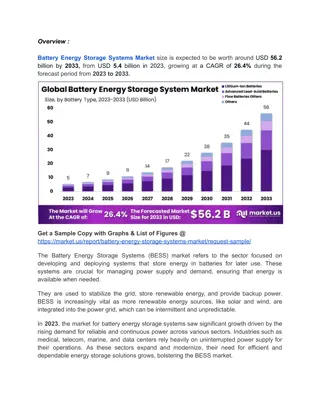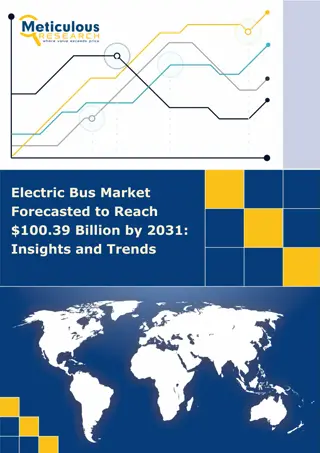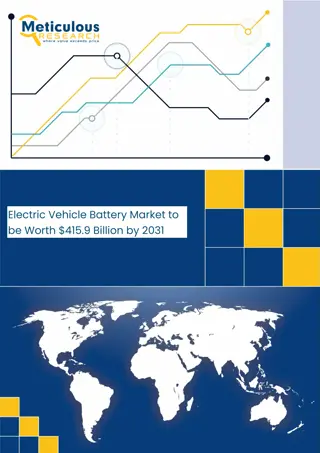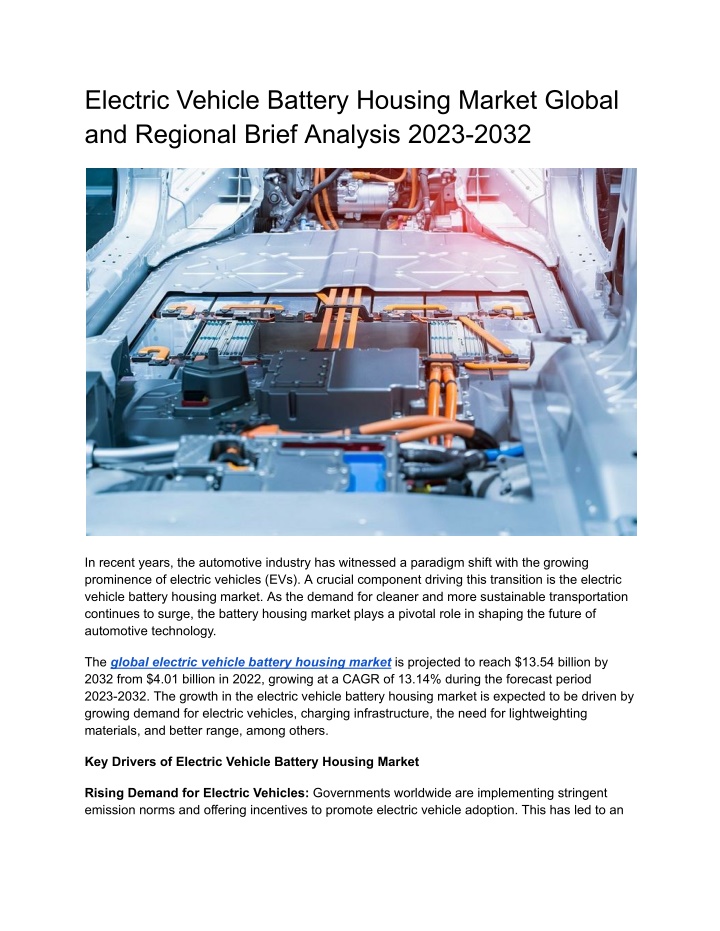
Electric Vehicle Battery Housing Market Analysis 2023-2032
The global electric vehicle battery housing market is projected to reach $13.54 billion by 2032 from $4.01 billion in 2022, growing at a CAGR of 13.14% during the forecast period 2023-2032.nRead Report Overview: //bisresearch.com/industry-report/electric-vehicle-battery-housing-market.html
Download Presentation

Please find below an Image/Link to download the presentation.
The content on the website is provided AS IS for your information and personal use only. It may not be sold, licensed, or shared on other websites without obtaining consent from the author. If you encounter any issues during the download, it is possible that the publisher has removed the file from their server.
You are allowed to download the files provided on this website for personal or commercial use, subject to the condition that they are used lawfully. All files are the property of their respective owners.
The content on the website is provided AS IS for your information and personal use only. It may not be sold, licensed, or shared on other websites without obtaining consent from the author.
E N D
Presentation Transcript
Electric Vehicle Battery Housing Market Global and Regional Brief Analysis 2023-2032 In recent years, the automotive industry has witnessed a paradigm shift with the growing prominence of electric vehicles (EVs). A crucial component driving this transition is the electric vehicle battery housing market. As the demand for cleaner and more sustainable transportation continues to surge, the battery housing market plays a pivotal role in shaping the future of automotive technology. The global electric vehicle battery housing market is projected to reach $13.54 billion by 2032 from $4.01 billion in 2022, growing at a CAGR of 13.14% during the forecast period 2023-2032. The growth in the electric vehicle battery housing market is expected to be driven by growing demand for electric vehicles, charging infrastructure, the need for lightweighting materials, and better range, among others. Key Drivers of Electric Vehicle Battery Housing Market Rising Demand for Electric Vehicles: Governments worldwide are implementing stringent emission norms and offering incentives to promote electric vehicle adoption. This has led to an
increased demand for electric vehicles, subsequently boosting the demand for high-quality battery housing solutions. Technological Advancements: Ongoing research and development in battery technology and materials contribute to the evolution of battery housing designs. Lightweight and durable materials, innovative cooling systems, and advanced manufacturing processes are enhancing the overall efficiency and safety of electric vehicle batteries. Environmental Concerns: Growing environmental awareness and the need to reduce the carbon footprint have pushed automakers to invest in sustainable technologies. Battery housing manufacturers are focusing on recyclable and eco-friendly materials to align with the industry s green initiatives. Government Regulations and Incentives: Stringent regulations regarding vehicle emissions and government incentives for electric vehicle production and adoption are driving investments in electric vehicle technologies, including battery housing. In terms of revenue, the passenger BEV category held the major share in the global electric vehicle battery housing market in 2021. Factors such as growing demand for zero-efficient vehicles, government initiatives, and improved charging infrastructure are responsible for the growth of passenger BEVs, leading to the growth of the battery enclosure market for passenger vehicles. Request A Free Detailed Sample on Electric Vehicle Battery Housing Market! Various governments and associations are pushing for the widespread adoption of BEVs by offering higher incentives (when compared to PHEV) to save the depleting non-renewable energy sources reserves and to reduce reliance on imported crude oil. Moreover, the improvement in Li-ion battery technology in terms of vehicle range, energy density, battery life, and cost has supported the growth of the BEV category. Besides, the robust design of battery housing requirements in BEVs to house heavy battery structures is supporting more volume demand for EV housing materials in a BEV. Aluminum-Based Battery Housing Structure Expected to Dominate the Global Market The prominent materials used in the manufacturing of battery housing systems are aluminum, steel, glass fiber-reinforced polymer (GFRP), and carbon fiber-reinforced polymer (CFRP). Operating electric batteries pose a unique exception in terms of thermal insulation, overall durability, heat, and flammability; consequently, selecting the proper design and materials becomes essential. Aluminum seems to have the upper hand over other materials, mostly because of its light weight, favorable technical characteristics, and competitive cost. Furthermore, the trend with major OEMs like Nissan, VW, and Tesla is of promoting aluminum over steel for battery enclosures. Given the increased need for aluminum and lightweight metals, manufacturers with diverse product portfolios, such as industrial aluminum manufacturer Novelis, are creating innovative battery enclosure solutions. Similarly, other industrial aluminum
companies, such as TRB Lightweight Structures, UACJ, Nemak, and Constellium SE, are also developing and investing heavily in aluminum-based battery housing and winning big contracts from EV battery manufacturers. Thus, massive support from supply-side players is benefiting the aluminum-based electric vehicle battery housing systems. Asia-Pacific and Japan to Witness Fastest Growth Globally This report covers the global electric vehicle battery housing market and consequently provides the revenue of the key regions North America, Europe, Asia-Pacific and Japan (APJ), China, the U.K., and Rest-of-the-World (RoW). Rising CO2 emissions have raised significant worries among the various region s governments. Therefore, a number of government measures have been taken to encourage the use of and production of electric vehicles since they may contribute to the reduction of vehicular emissions and serve as a potential replacement for automobiles powered by gasoline and diesel engines. The demand for lighter and more durable battery enclosure systems in electric vehicles has increased as a result of the region s governments and the manufacturing sector working together to promote the sales of electric vehicles. This is done in an effort to give vehicle owners a better driving range and experience. Access Now: Get A Detailed Insights on Automotive (Mobility) Market Research Report Competitive Landscape Some of the key players in the industry are Nemak, SGL Carbon, Novelis Inc., S.A.B. de C.V., Constellium SE, Gestamp Automocion, S.A., UACJ Corporation, GF Linamar LLC, Hanwha Solutions Advanced Materials, Minth Group, Continental Structural Plastics, ThyssenKrupp AG, TRB Lightweight, Hitachi Metals, Ltd., Magna International Inc., and Norsk Hydro ASA. These market participants in the electric vehicle battery housing market are launching various products to match the product lineup of their rivals. Product launches are quickly becoming one of the most crucial tactics for getting a competitive edge in this expanding sector.






